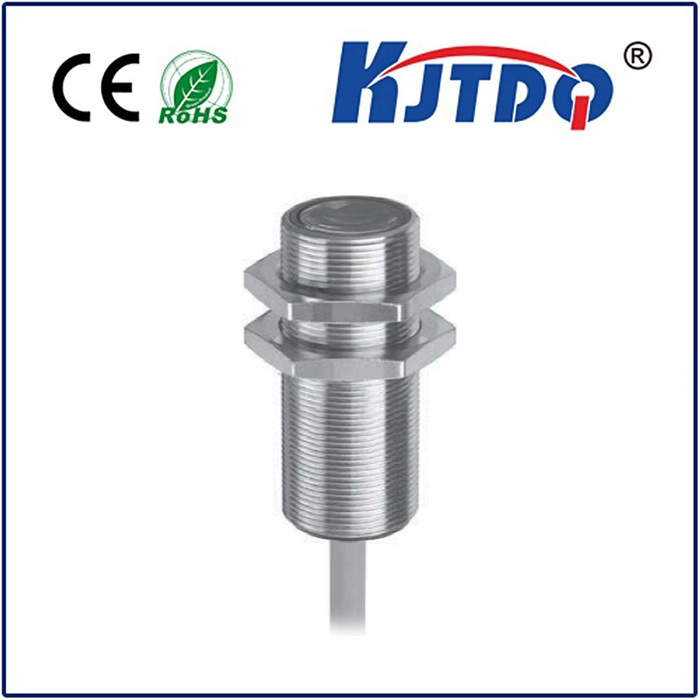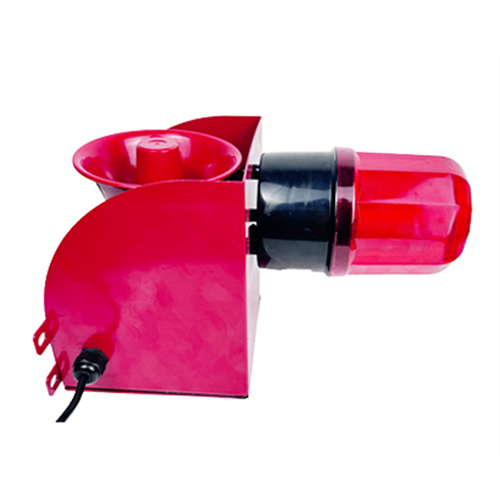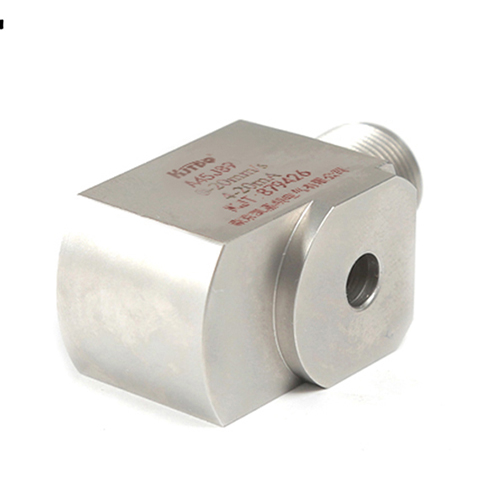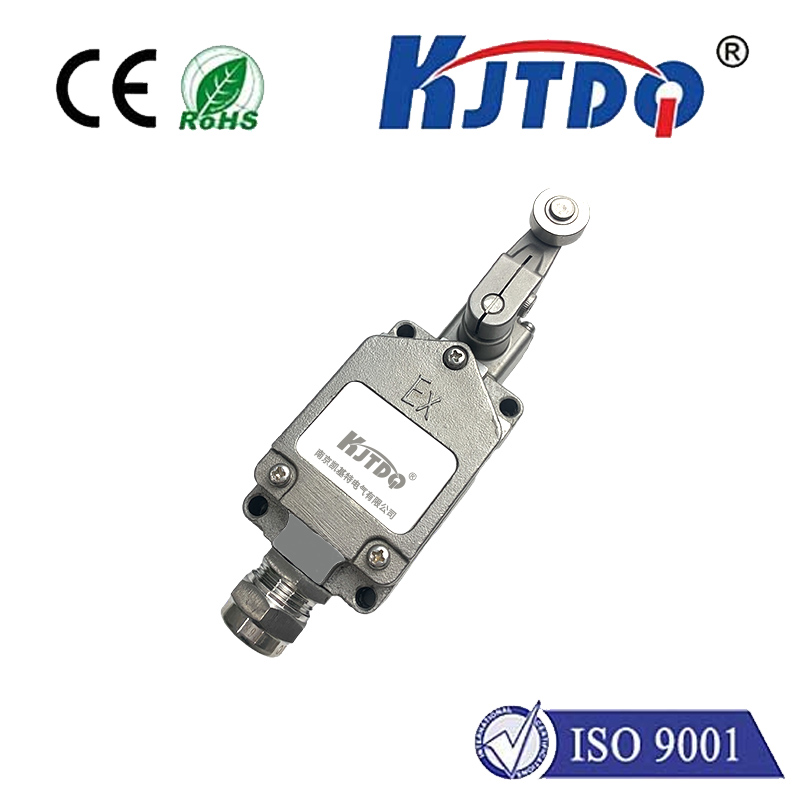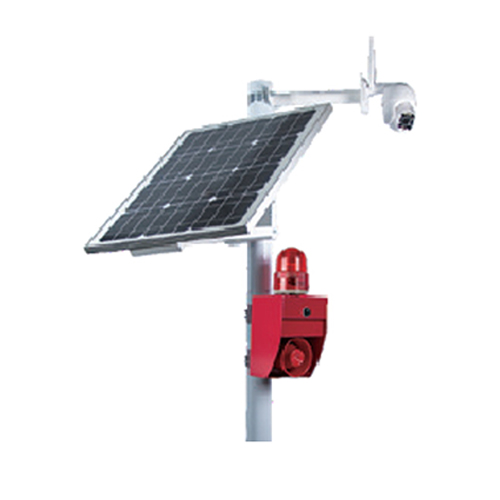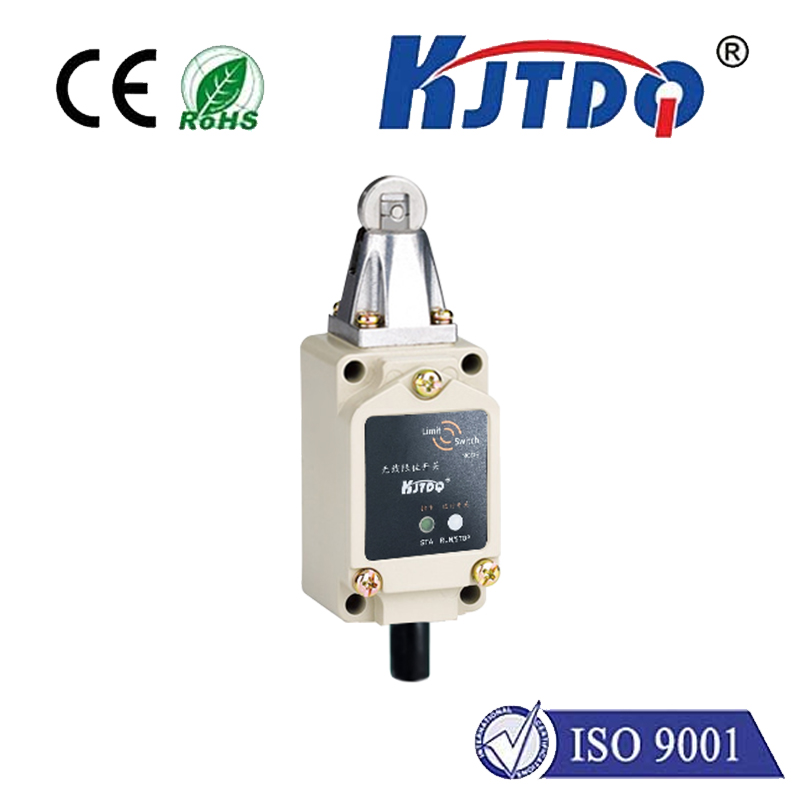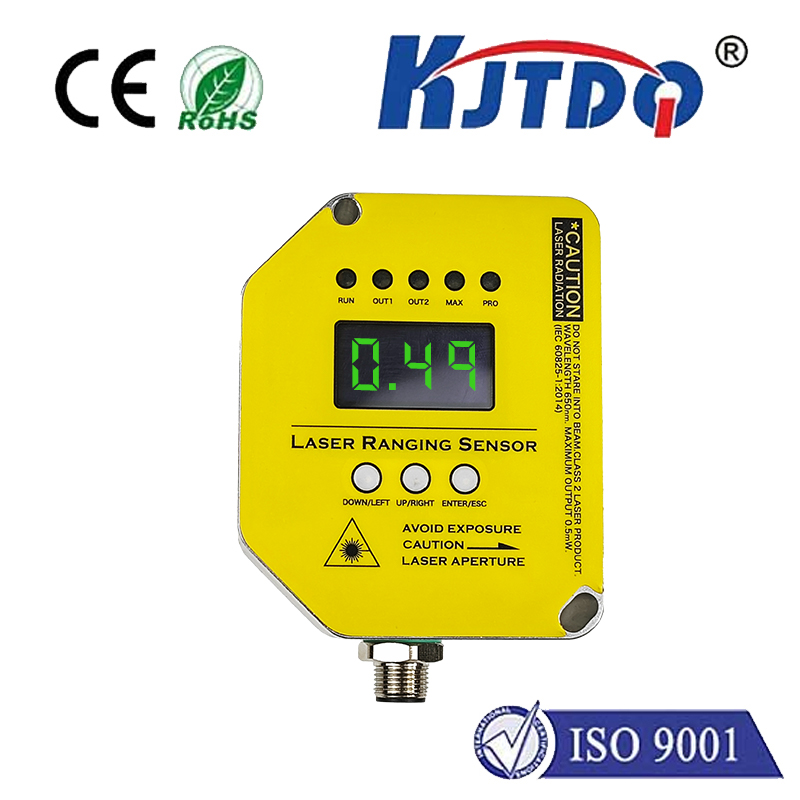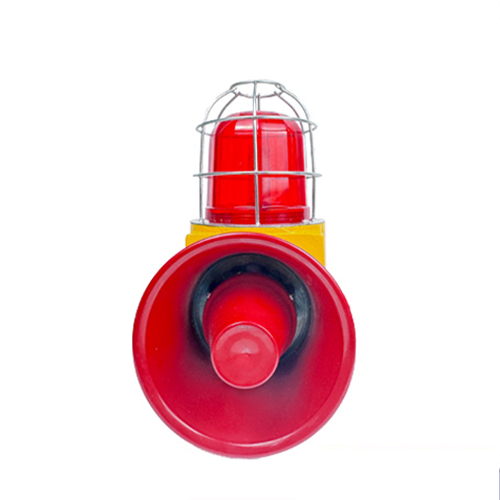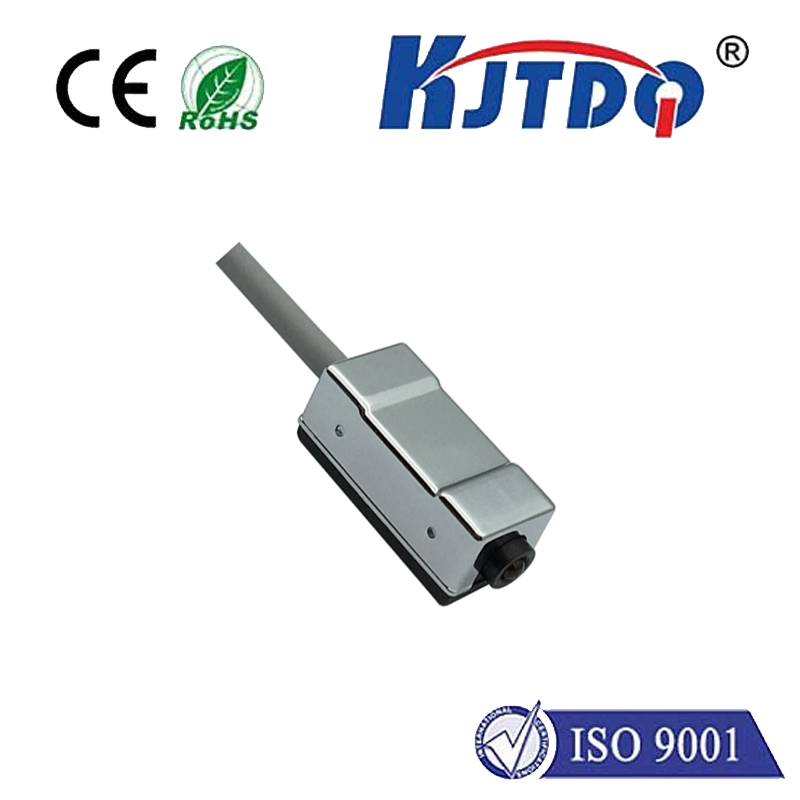

check

check

check

check

check

check

check

check

check

check
Imagine an automotive assembly line humming with precision. Robotic arms weld components flawlessly, conveyor belts glide seamlessly, and quality checks happen invisibly, thousands of times an hour. Ensuring this symphony operates without collision, misalignment, or costly downtime relies heavily on unseen sentinels: proximity sensors. Among the leaders enabling this industrial harmony stands JIGO, a brand synonymous with robust and accurate proximity sensing solutions. Understanding how JIGO proximity sensors function and why they are crucial reveals their indispensable role in modern automation and countless other applications.
At its essence, a JIGO proximity sensor is a non-contact electronic device designed to detect the presence or absence of a target object within its sensing field – all without physical touch. This fundamental characteristic makes them ideal for environments demanding reliability, speed, and durability where mechanical switches would falter due to wear, contamination, or the need for rapid cycling. Leveraging proven principles, primarily the inductive method for metallic objects, these sensors generate an electromagnetic field. When a conductive target enters this field, it induces eddy currents, causing a measurable change in the sensor’s internal oscillator. This shift is precisely detected by the integrated circuitry, triggering a clean output signal (switching on or off).

The advantages of incorporating JIGO proximity sensors into systems are compelling and multifaceted. Their non-contact operation is paramount. By eliminating physical impact, they experience virtually zero mechanical wear, translating to dramatically extended operational lifespans and slashing maintenance costs and downtime. This frictionless interaction also enables ultra-high switching speeds, capable of detecting objects moving at remarkable velocities – a capability mechanical switches simply cannot match. Furthermore, their robust construction is a hallmark. Engineered to be dust-proof, oil-proof, and resistant to various chemicals, JIGO sensors thrive in the harsh realities of industrial settings like metalworking shops, food processing plants, or outdoor machinery. The inherent sealed nature of many models provides excellent protection against ingress (IP ratings like IP67/IP68 are common), making them resilient against washdowns and challenging environmental conditions. Finally, modern JIGO sensors typically offer NPN or PNP output configurations and various connection styles (cable or connector), ensuring straightforward integration into diverse control systems like PLCs (Programmable Logic Controllers).
The versatility of JIGO proximity sensors ensures their presence across a vast industrial landscape. On automated production lines, they are ubiquitous for precise object positioning, inventory counting, and verifying the correct placement of components before critical processes. They act as end-of-travel indicators for cylinders and actuators, preventing overtravel damage. Within packaging machinery, they detect presence/absence of products or caps, confirm correct filling levels, and monitor label application. The automotive industry relies on them heavily for sequential process control, robot guidance, and safety interlocks. Beyond traditional manufacturing, they find use in security systems (door/window position monitoring), elevator control (floor level detection), material handling equipment (conveyor belt jam detection), and even consumer appliances.
Selecting the optimal JIGO proximity sensor demands careful consideration of the application’s specific parameters. The required sensing range is critical, determining how far from the target the sensor must detect – JIGO offers models with various ranges to suit specific needs. The nature of the target material is equally vital. While inductive sensors excel with metals, understanding the specific metal type (ferrous like steel, or non-ferrous like aluminum or brass) is crucial, as detection capabilities and effective sensing distances can vary. The physical environment imposes constraints; factors like extreme temperatures, potential chemical exposure, intense vibration, or the need for submersion dictate the required housing material (stainless steel or rugged PBT plastic) and protection rating (IP code). Electrical compatibility involves matching the supply voltage (e.g., 10-30V DC) and output type (NPN sinking, PNP sourcing) with the control system. Additionally, the required response frequency (how rapidly the sensor must detect targets) and the physical size and mounting style (threaded barrel, block style, rectangular) must align with the installation space and method.
JIGO proximity sensors represent more than just components; they are fundamental enablers of efficiency, safety, and reliability in automated systems. Their ability to perform millions of operations flawlessly in demanding conditions, requiring minimal maintenance, delivers significant return on investment (ROI) over their long service life. From streamlining complex manufacturing to ensuring the simple reliable operation of everyday machinery, the non-contact detection prowess of JIGO sensors provides a critical layer of intelligence. Choosing the right JIGO sensor involves understanding the nuances of the application, but the payoff is unwavering operational consistency and reduced downtime. As automation continues to evolve, technologies like JIGO inductive proximity sensors will remain indispensable tools, silently safeguarding processes and driving productivity gains across countless industries. For engineers and system integrators seeking robust detection solutions, JIGO proximity sensors offer proven performance where reliability is non-negotiable.
